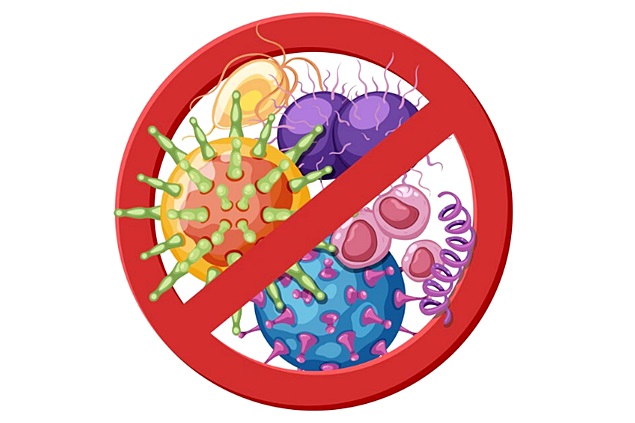825

Researchers have discovered that the natural evolution of antibiotic resistance genes has maintained bacterial resistance despite a reduction in antibiotic use, as reported by AllAboutFeed. The study, led by the University of Oxford, emphasizes the importance of understanding the regulatory gene evolution for strategic combat against antimicrobial resistance (AMR).
Protecting "Last Resort" Antibiotics
The issue is particularly serious, as AMR poses an increasing threat to global health, with at least 1.2 million people dying each year due to drug-resistant infections. The excessive use and abuse of antibiotics are major factors in AMR, and there is an urgent need to protect the effectiveness of "last resort" antibiotics for treating multi-drug-resistant infections.
In 2017, the Chinese government banned the use of the last-resort antibiotic colistin as a growth promoter in animal feed in response to the rapid spread of antibiotic-resistant bacteria – Escherichia coli (E. coli) carrying mobile colistin resistance genes (MCR).
Bacteria carrying MCR genes are resistant to colistin treatment and cause difficult-to-treat drug-resistant infections in both humans and animals.
While the ban led to a 90% reduction in colistin consumption, large-scale monitoring studies in China found that the decline in the mcr-1 gene was slower than anticipated.
Investigating the Slow Decline
This prompted researchers from the University of Oxford's Department of Biology to explore this discrepancy by focusing on the DNA regulatory region that controls the expression of the mcr-1 gene.
They found that this region exhibited high levels of variation, and certain variants were able to offset the fitness costs of the mcr-1 gene. By finely regulating the expression of mcr-1 at a lower level, these variants allowed bacteria to achieve high growth rates while simultaneously increasing colistin resistance.
They then analyzed DNA sequence data from E. coli carrying mcr-1 before and after the colistin ban. This revealed that regulatory mutations that increased fitness in the laboratory remained stable in E. coli populations on farms and barely decreased in response to the ban.
Lead researcher Professor Craig Maclean, Professor of Evolution and Microbiology at the University of Oxford, stated, "Our results provide strong evidence that the evolution of the mcr-1 gene has helped stabilize colistin resistance in agricultural environments, even though colistin use in agriculture has decreased by 90%."
A Find of Major Importance
"This finding is of major importance for all future interventions aiming to reduce antibiotic use, demonstrating the need to consider gene evolution and transmission to introduce viable strategies for reducing resistance," he added.
Professor Tim Walsh, Director of Biology at the Ineos Oxford Institute and co-author of the study, emphasized, "Colistin resistance in many strains of E. coli and across diverse environments, from pig farms to hospital wards, should act as our warning about the dangers of antibiotic overuse and abuse."
"Reducing antibiotic consumption alone is not enough to effectively combat antibiotic resistance. We need urgent and innovative approaches to combat antibiotic resistance and new strategies to protect last-resort antibiotics when we need them most," he said.
The study, "Fine-tuned regulation of mcr-1 increases bacterial fitness and stabilizes antibiotic resistance in agricultural settings," was published in the International Society for Microbial Ecology (ISME) Journal.




